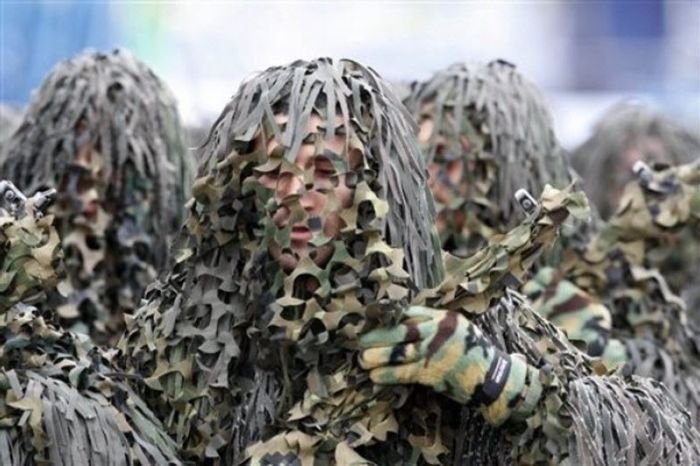|
|
Annual Armed Forces Day, Iran
|
Government spending contributed to an average annual inflation rate of 14% in the period 2000–2004. As at 2007, Iran had earned $70 billion in foreign exchange reserves mostly (80%) from crude oil exports. In 2009 GDP was $336 billion ($876 billion at PPP), or $12,900 at PPP per capita. In 2008, Iran's official annual growth rate was 6%. Because of these figures and the country’s diversified but small industrial base, the United Nations classifies Iran's economy as semi-developed (1998).
About 1,659,000 foreign tourists visited Iran in 2004; most came from Asian countries, including the republics of Central Asia, while a small share came from the countries of the European Union and North America. Iran currently ranks 89th in tourist income, but is rated among the "10 most touristic countries" in the world in terms of its history. Weak advertising, unstable regional conditions, a poor public image in some parts of the world, and absence of efficient planning schemes in the tourism sector have all hindered the growth of tourism.
The administration continues to follow the market reform plans of the previous one and indicated that it will diversify Iran's oil-reliant economy. Iran has also developed a biotechnology, nanotechnology, and pharmaceuticals industry. The strong oil market since 1996 helped ease financial pressures on Iran and allowed for Tehran's timely debt service payments.
Iranian budget deficits have been a chronic problem, mostly due to large-scale state subsidies, that include foodstuffs and especially gasoline, totaling more than $84 billion in 2008 for the energy sector alone. In 2010, the economic reform plan was approved by parliament to cut subsidies gradually and replace them with targeted social assistance. The objective is to move towards free market prices in a 5-year period and increase productivity and social justice.
|
|









